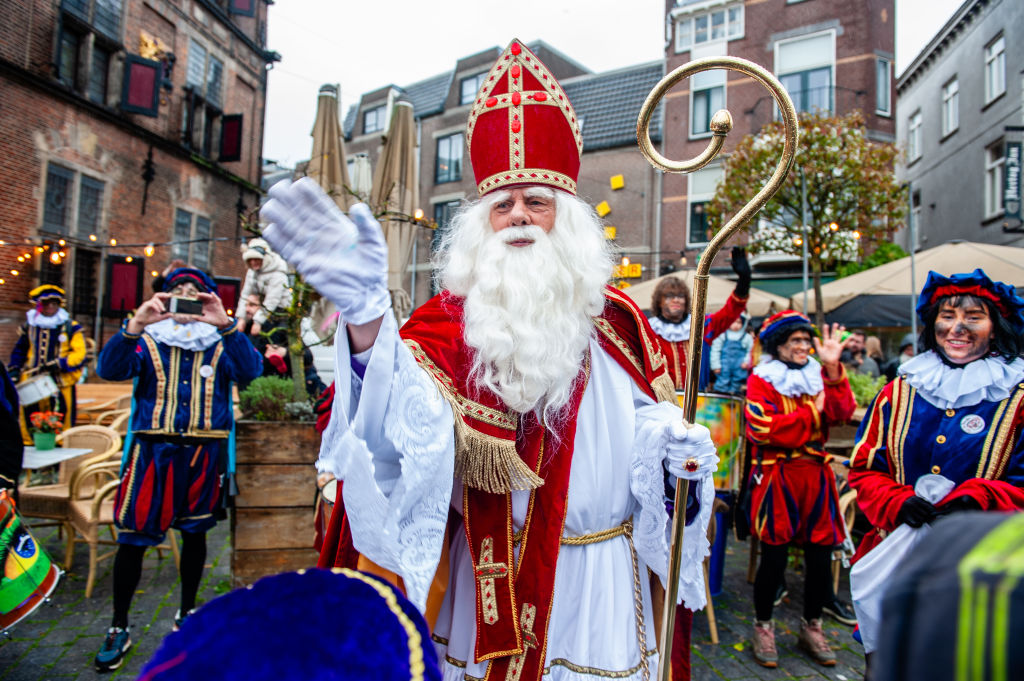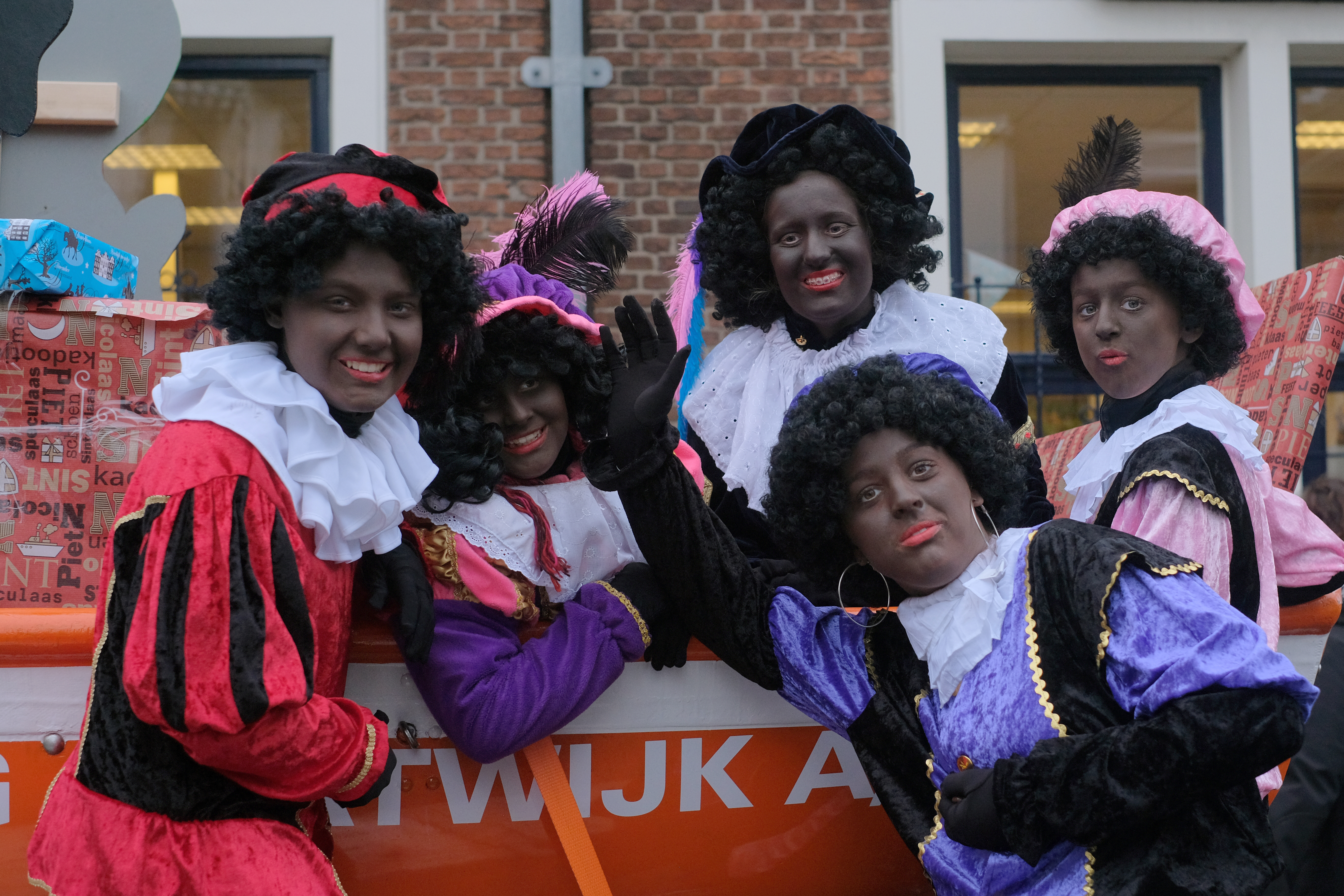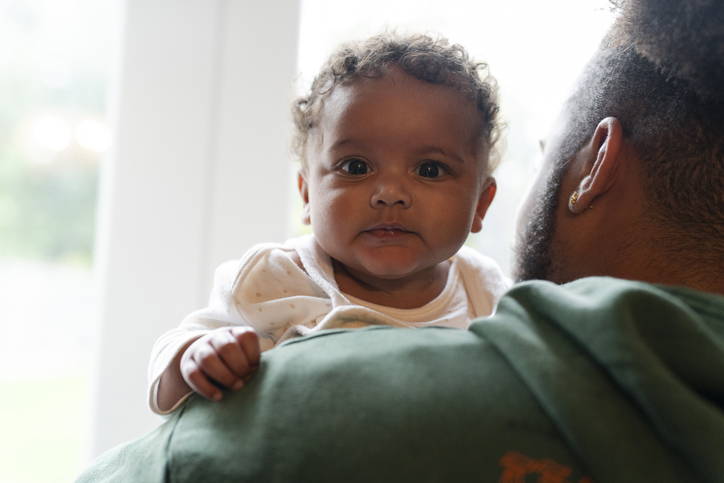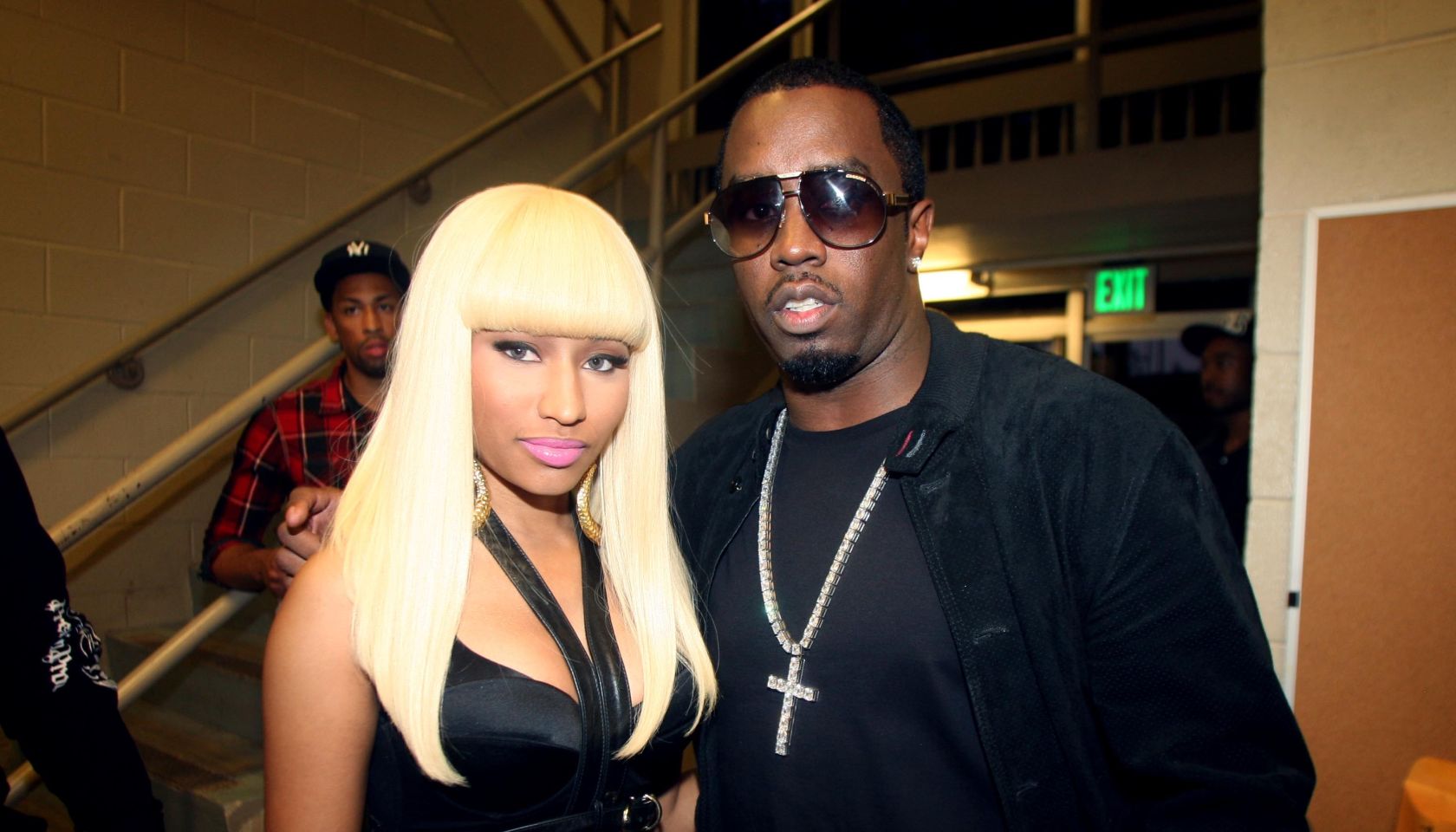Belgium Rejects African Female Santa Claus Queen Nikkolah
Belgian Politicians Reject African Female Santa Claus Alternative Created By Black Artist

Multidisciplinary artist Laura Nsengiyumva is facing backlash for her character, Queen Nikkolah, an African female version of Sinterklaas.
Hoping to free Belgium from “colonial ideology,” Nsengiyumva was scheduled to dress up as Queen Nikkolah and hand out gifts to children at a town hall event in Ghent, a port city northwest of Belgium, according to The Telegraph. She reportedly planned to wear the colors of the Palestinian flag during the Flemish gathering.
Mathias de Clercq, the mayor of Ghent, canceled the event after several politicians expressed concern.
“There is nothing wrong with Sinterklaas as we know him,” Mathias de Clercq said, according to The Guardian. “We shouldn’t try to turn him into something else.” Over 200 children were expected to attend the town hall Christmas event in Ghent.
Sinterklaas is the Belgian and Dutch version of Santa Claus. People in both parts of the world celebrate Christmas on Dec. 6.
The jolly character typically appears alongside his companion, Zwarte Piet — also known as Black Pete — a controversial character who dons a black face, curly black hair and large red lips. Some anti-racism organizations have been calling for the end of Zwarte Piet because they believe the character perpetuates racism. However, Anneleen Van Bossuyt, a member of the Flemish separatist party N-VA, refuted the claims in a blog post published Nov. 27.

Source: Yuriko Nakao / Getty
“We should not let our traditions be taken away from us,” Van Bossuyt penned on the N-VA website.
In a statement to The Guardian, Nsengiyumva said that she never intended for Queen Nikkolah to be controversial.
“People see Queen Nikkolah as a threat but if I didn’t like this tradition, I wouldn’t have picked it up,” the Belgian-born artist of Rwandan descent explained. “It’s also a desire to be part of it.”
Created in 2017, Nsengiyumva said that she designed the African character as a response to community members who were hurt by the legacy of Sinterklaas. She wanted to do something to change the narrative.
“Not only people of color, but I think also white allies who needed an alternative to deconstruct the colonial myth around Sinterklaas,” the activist said.
“At the root of it is that it is an Afro-descendent character who is at the service of Sinterklaas. I think it’s part of many childhood traumas for black Belgians, for Afro-Belgians, because you’re called out as Zwarte Piet, you’re compared to him,” the architect added. “It’s really about joy and positivity.”
SEE ALSO:
Santas Just Like Me Is Bringing The Gift Of Diversity To The Christmas Industry
Netherland’s Racist Black Pete Tradition Is Apparently Exempt To Worldwide Racial Reckoning
















